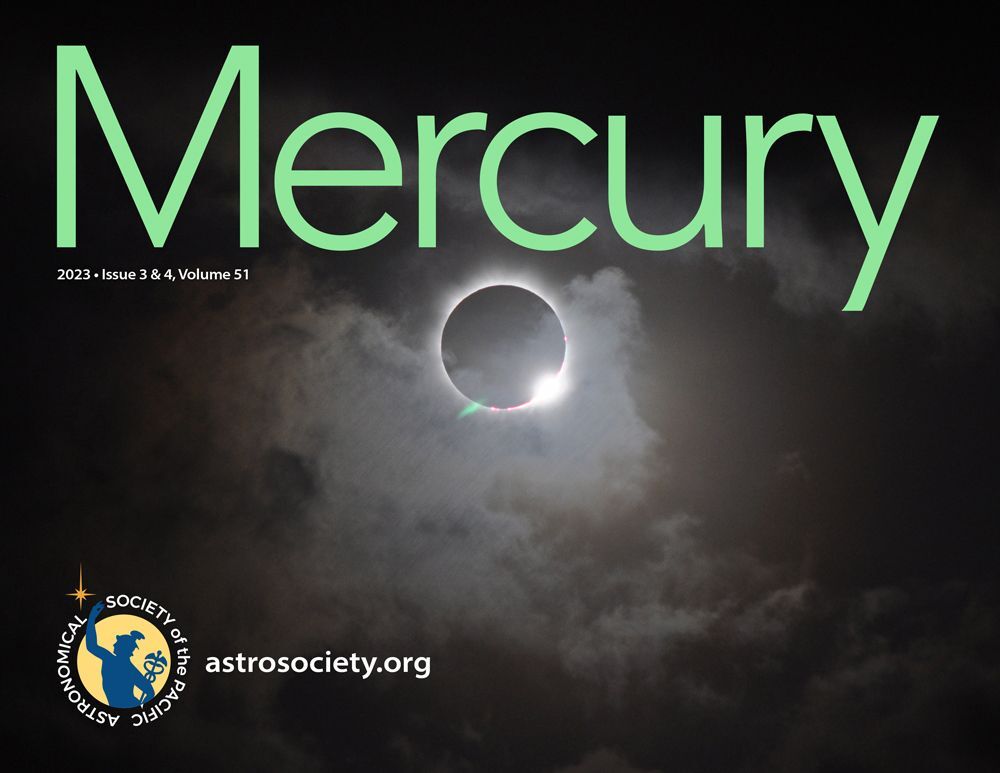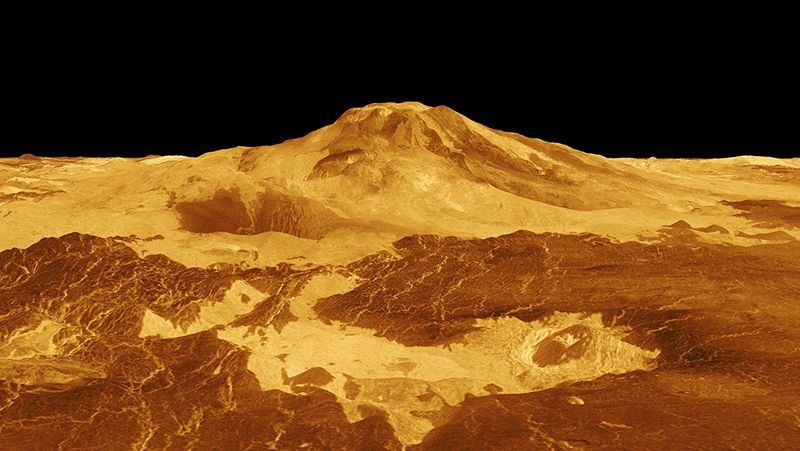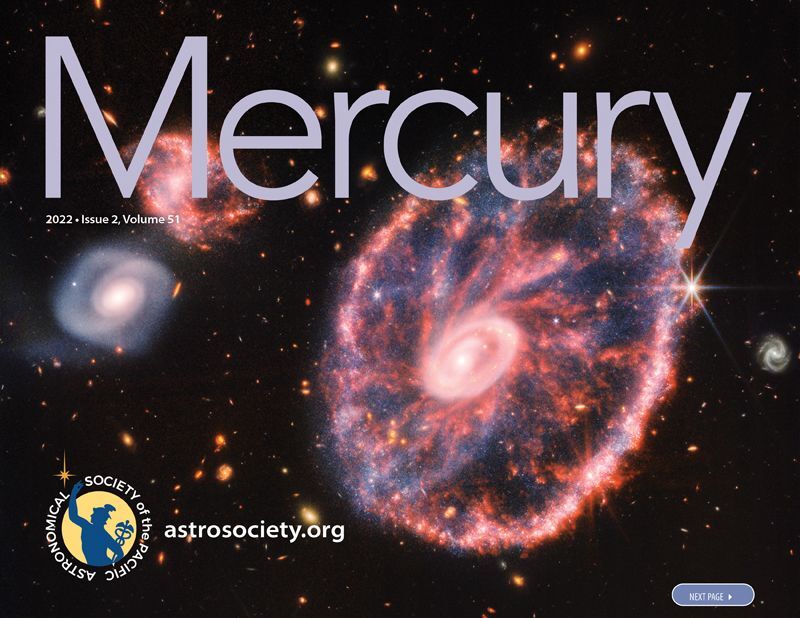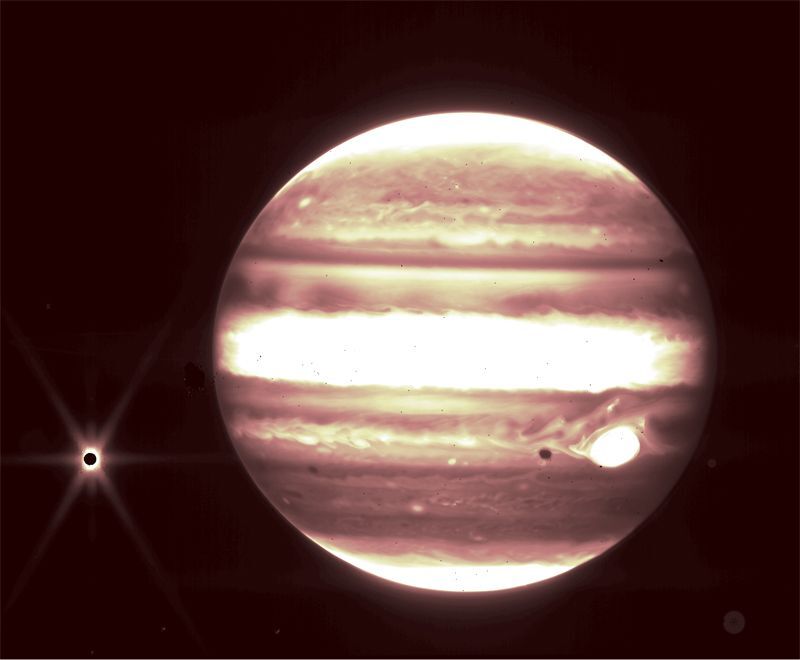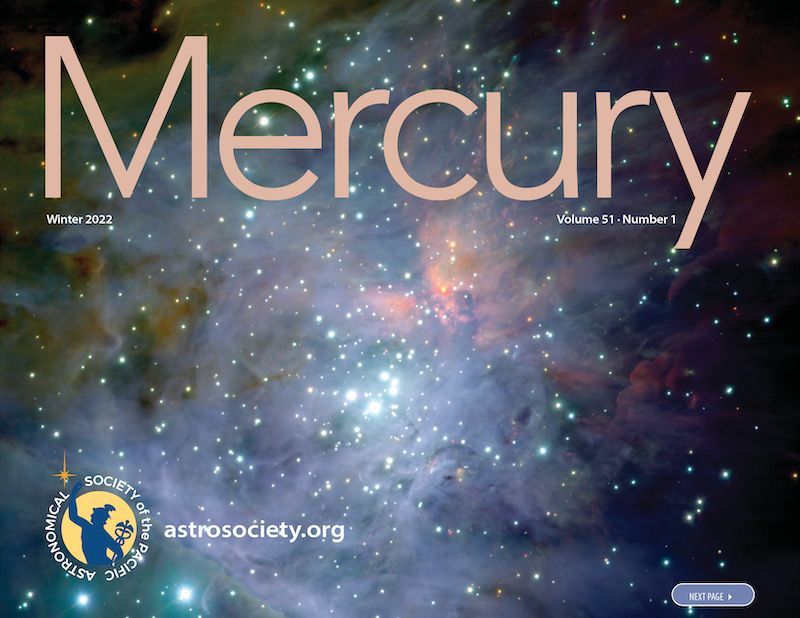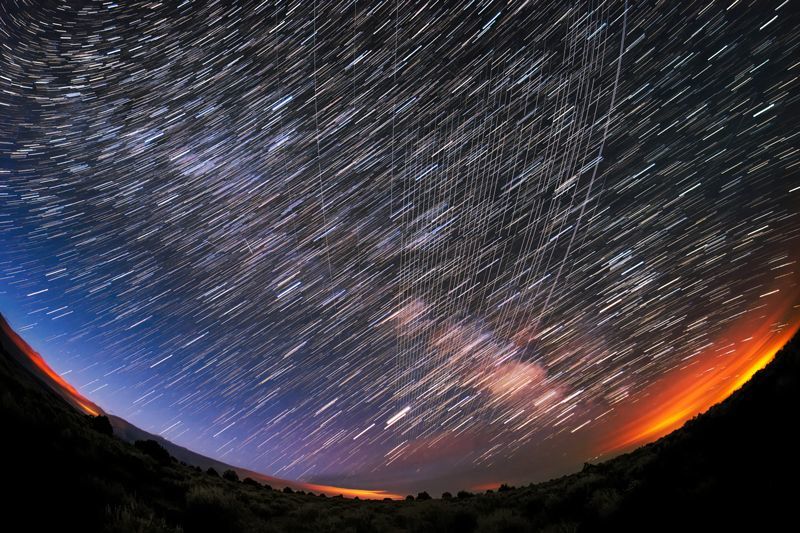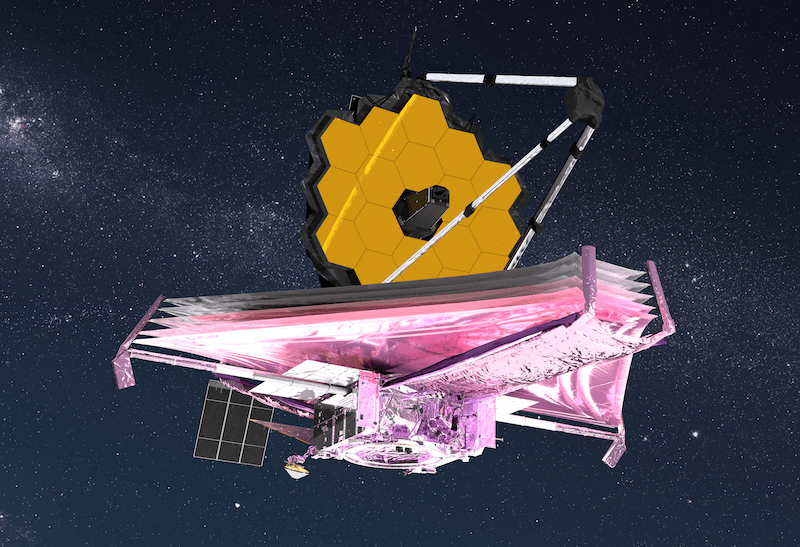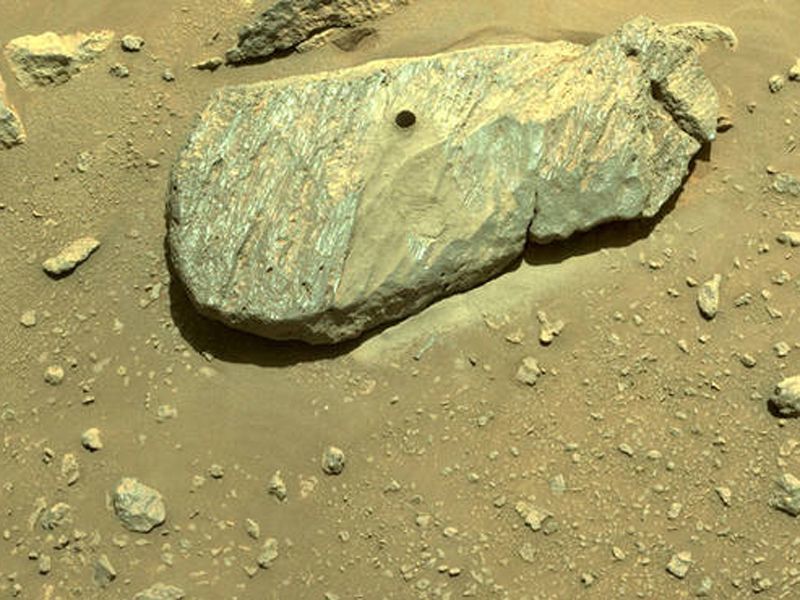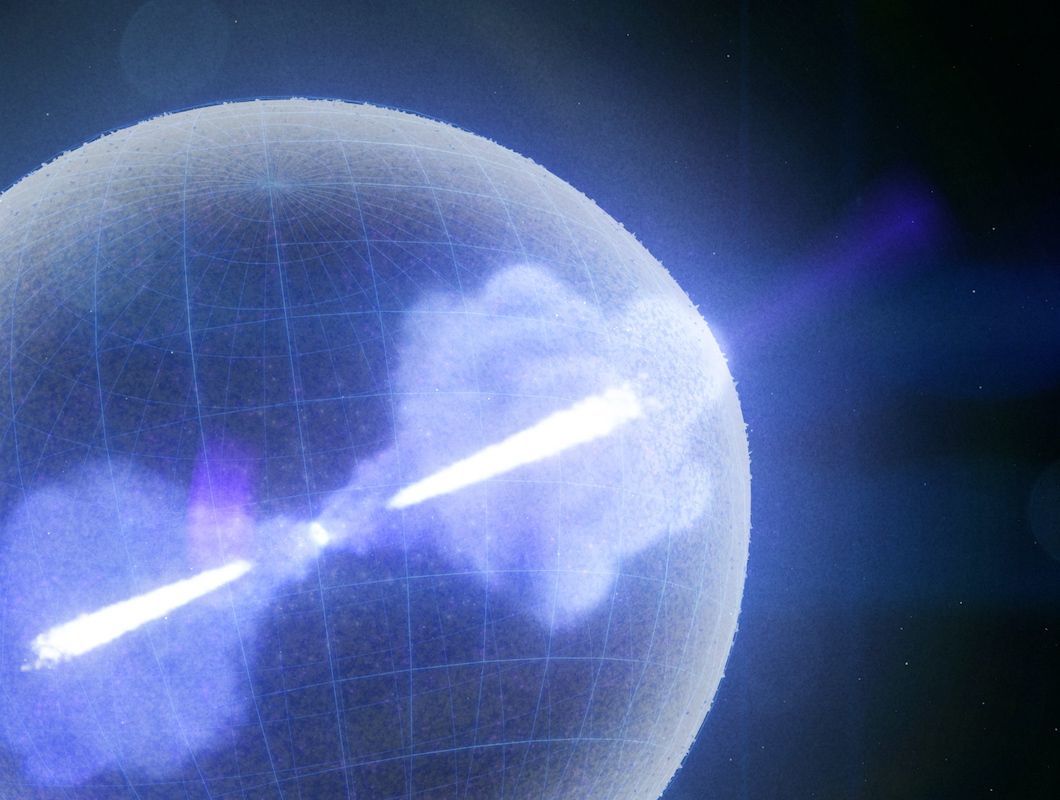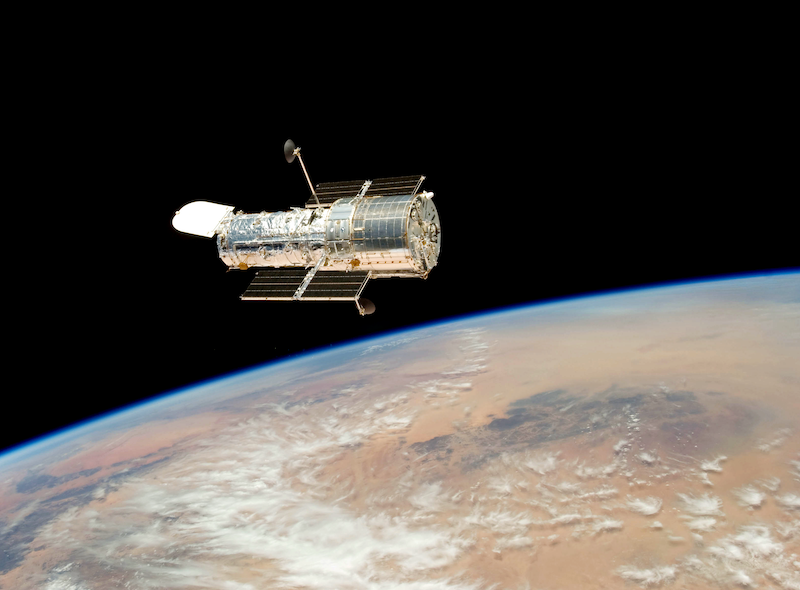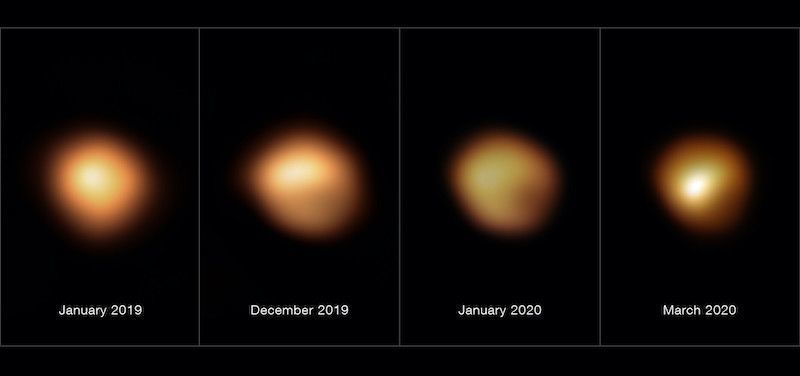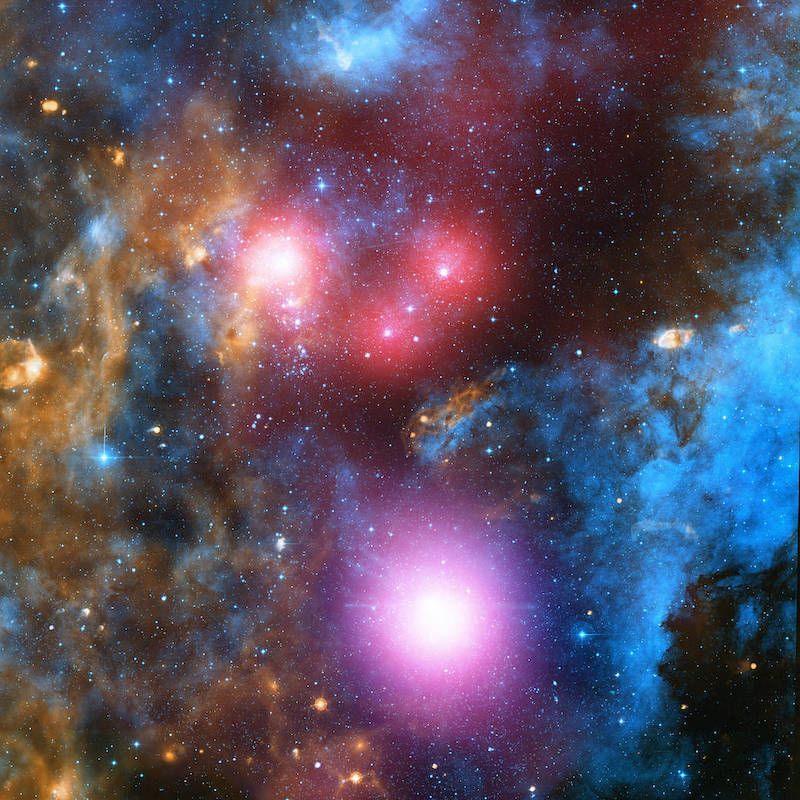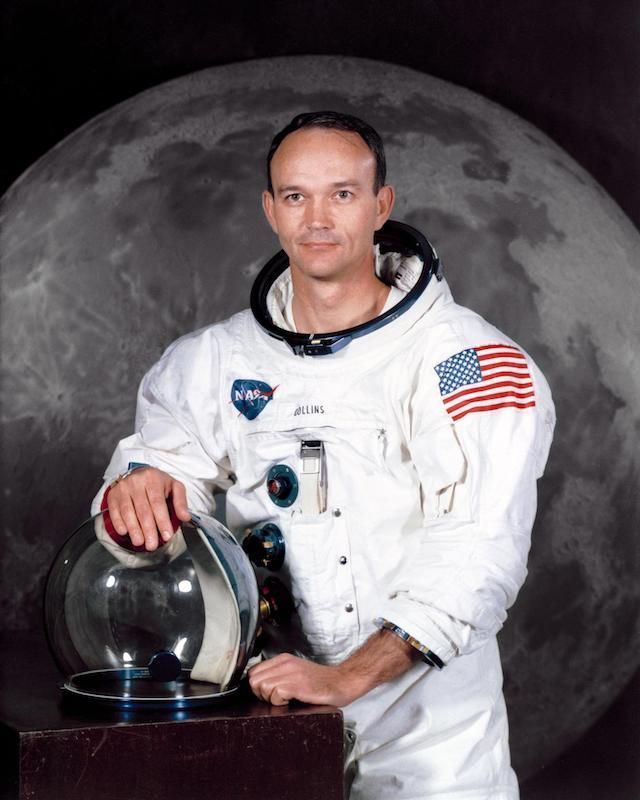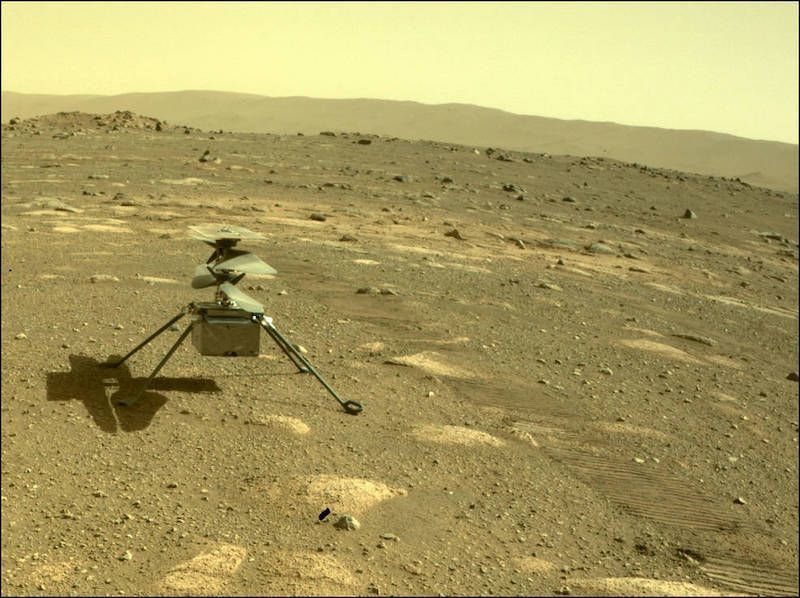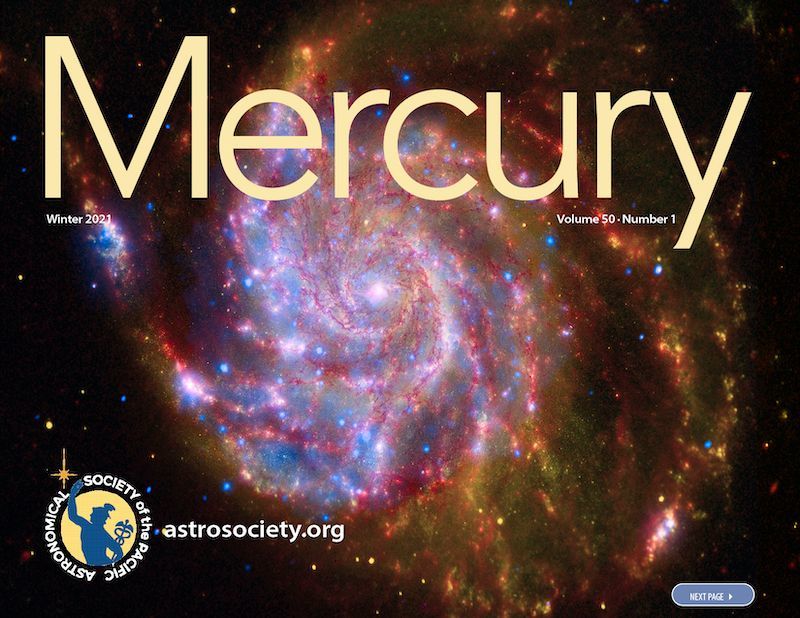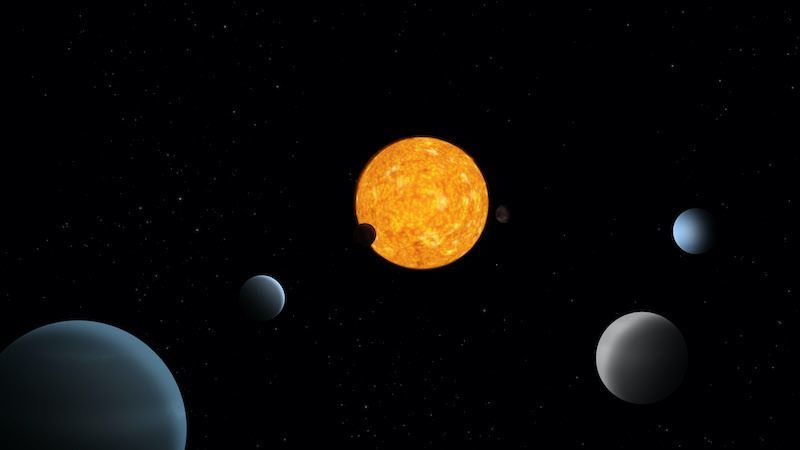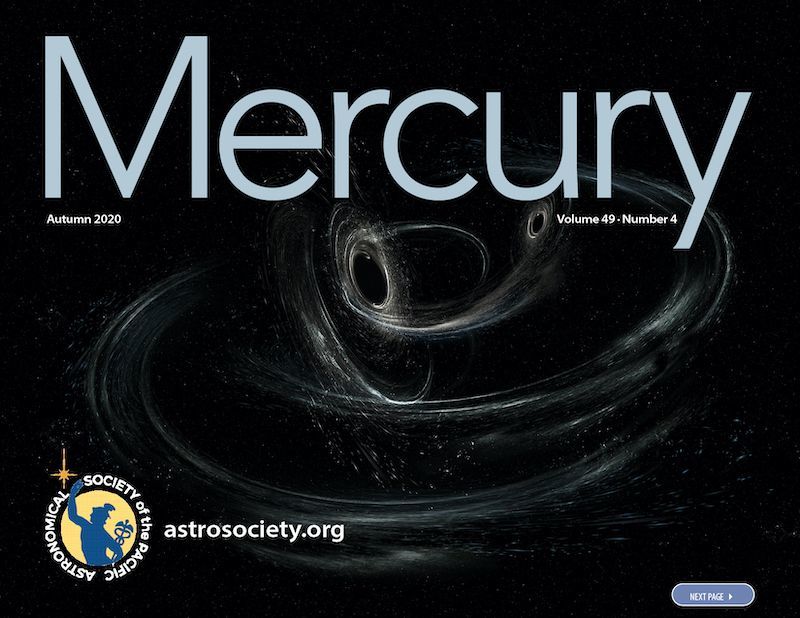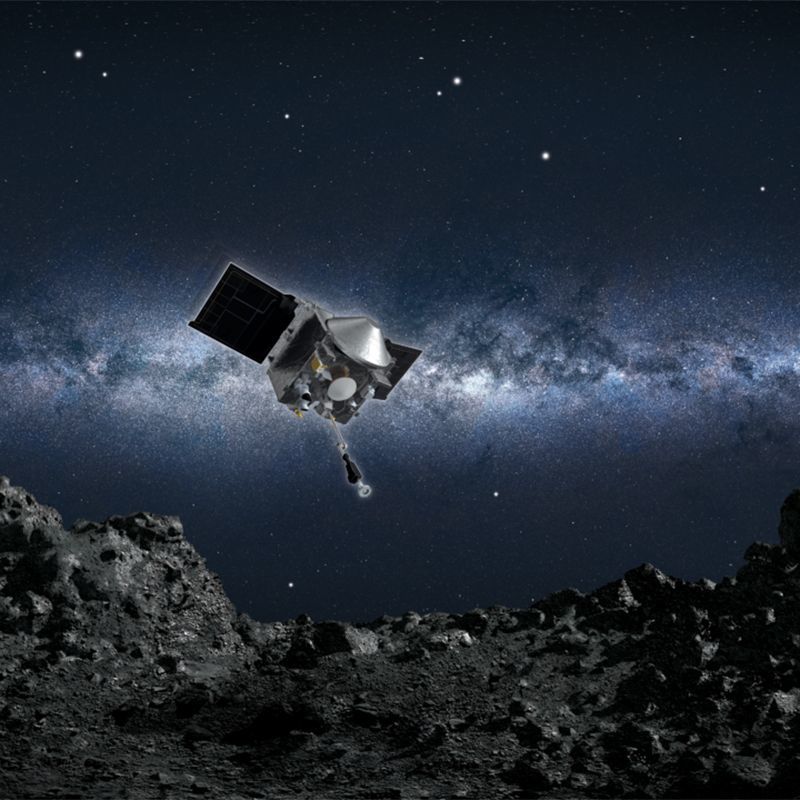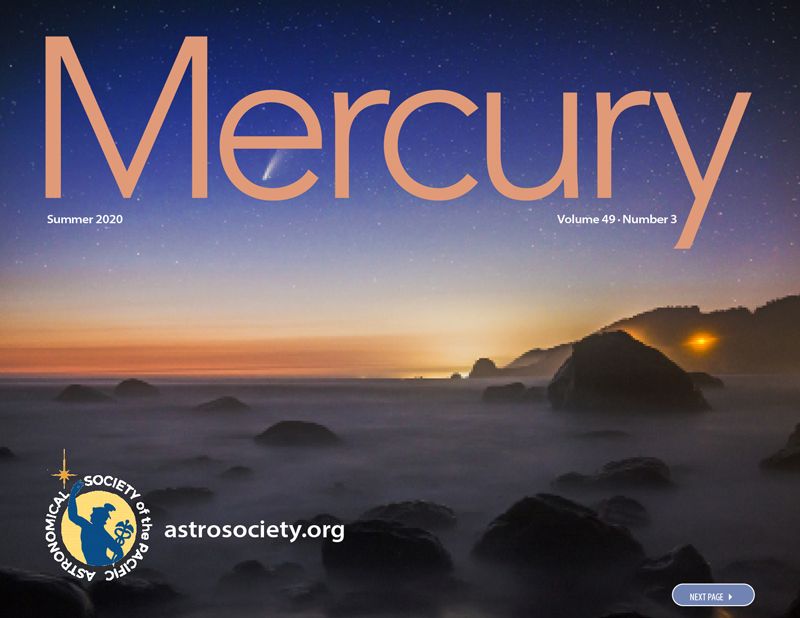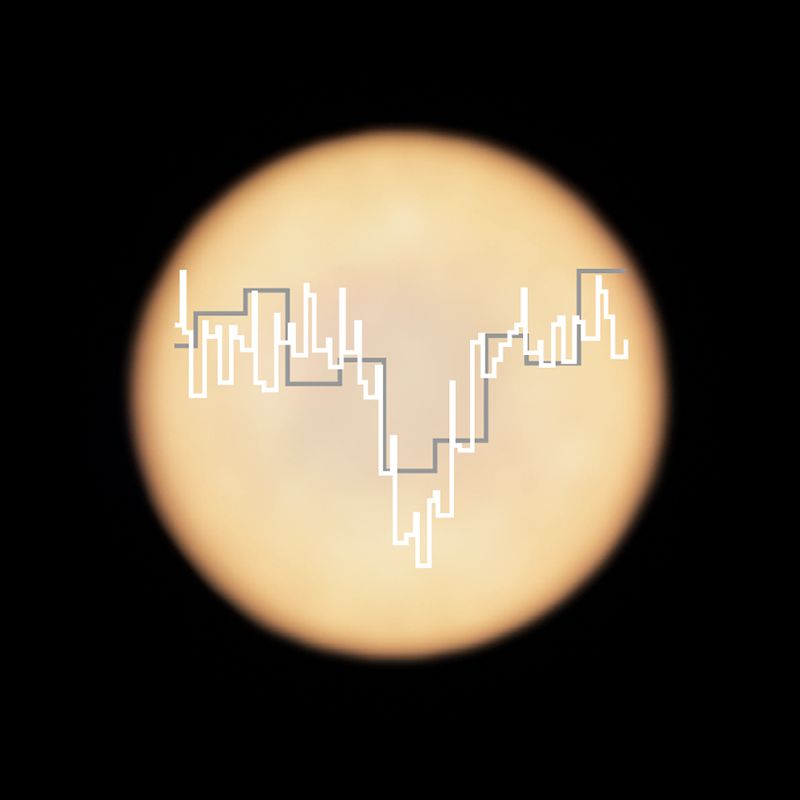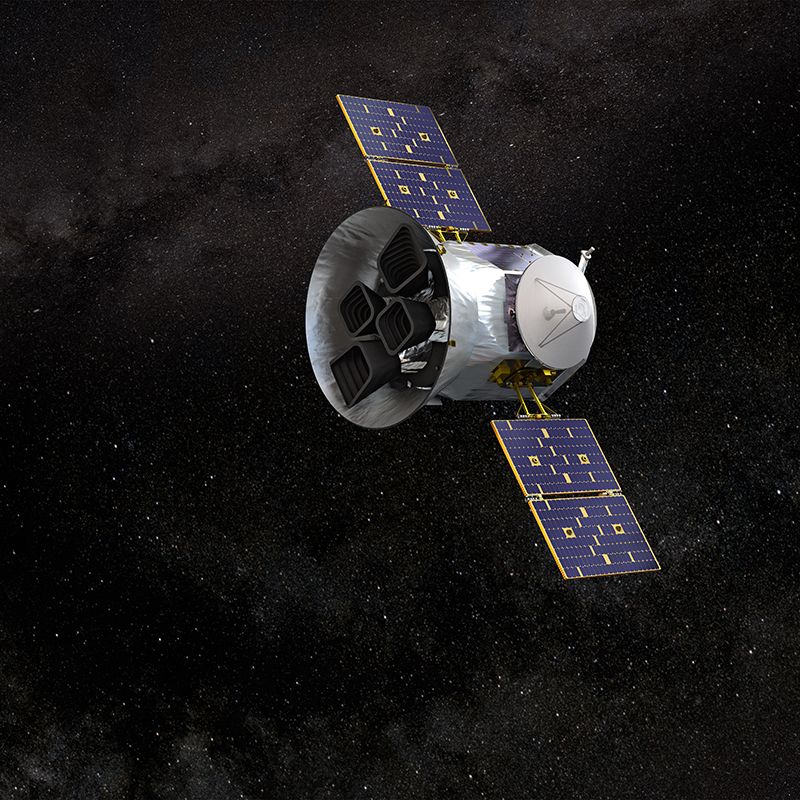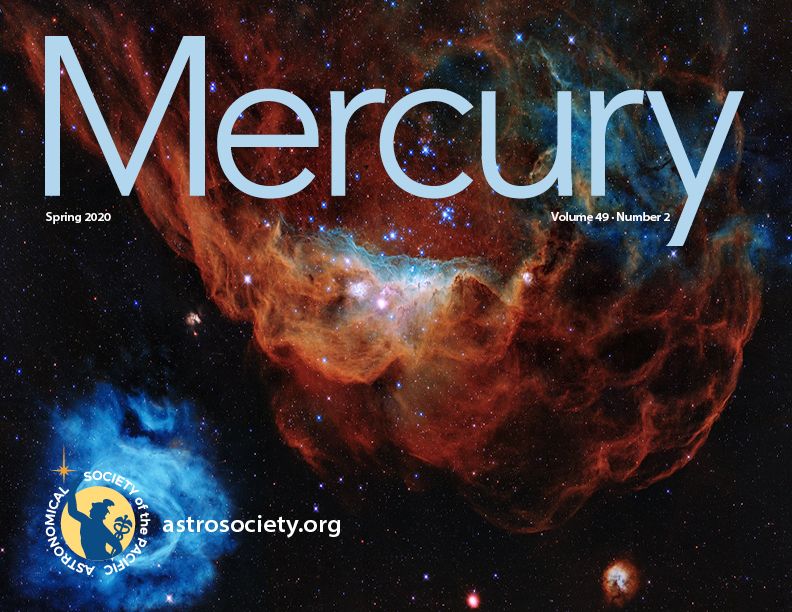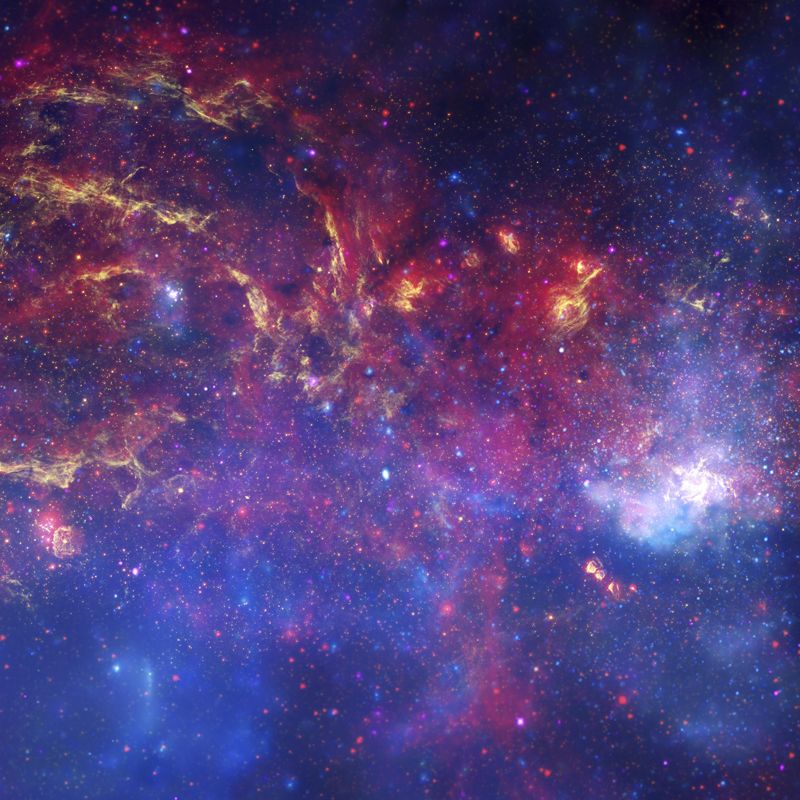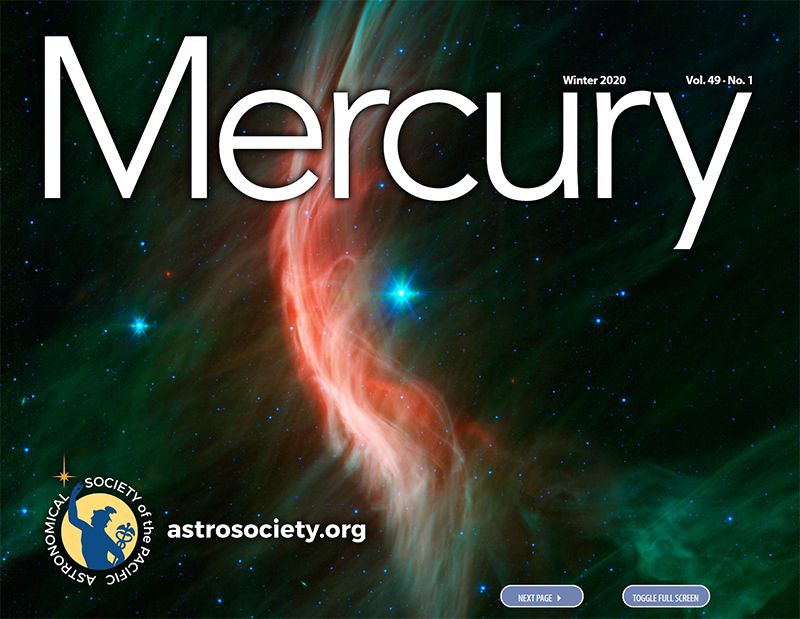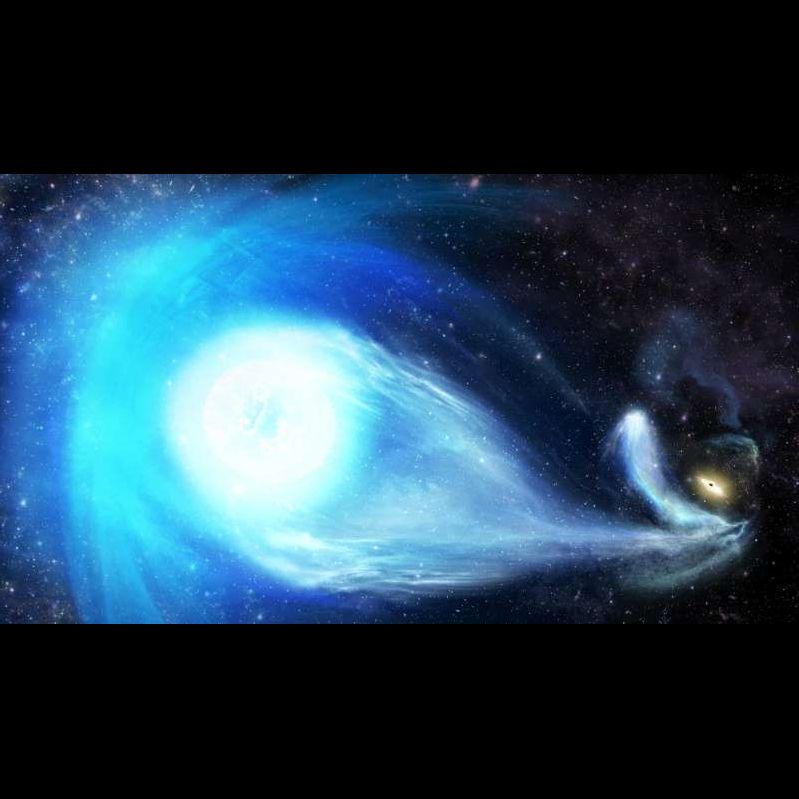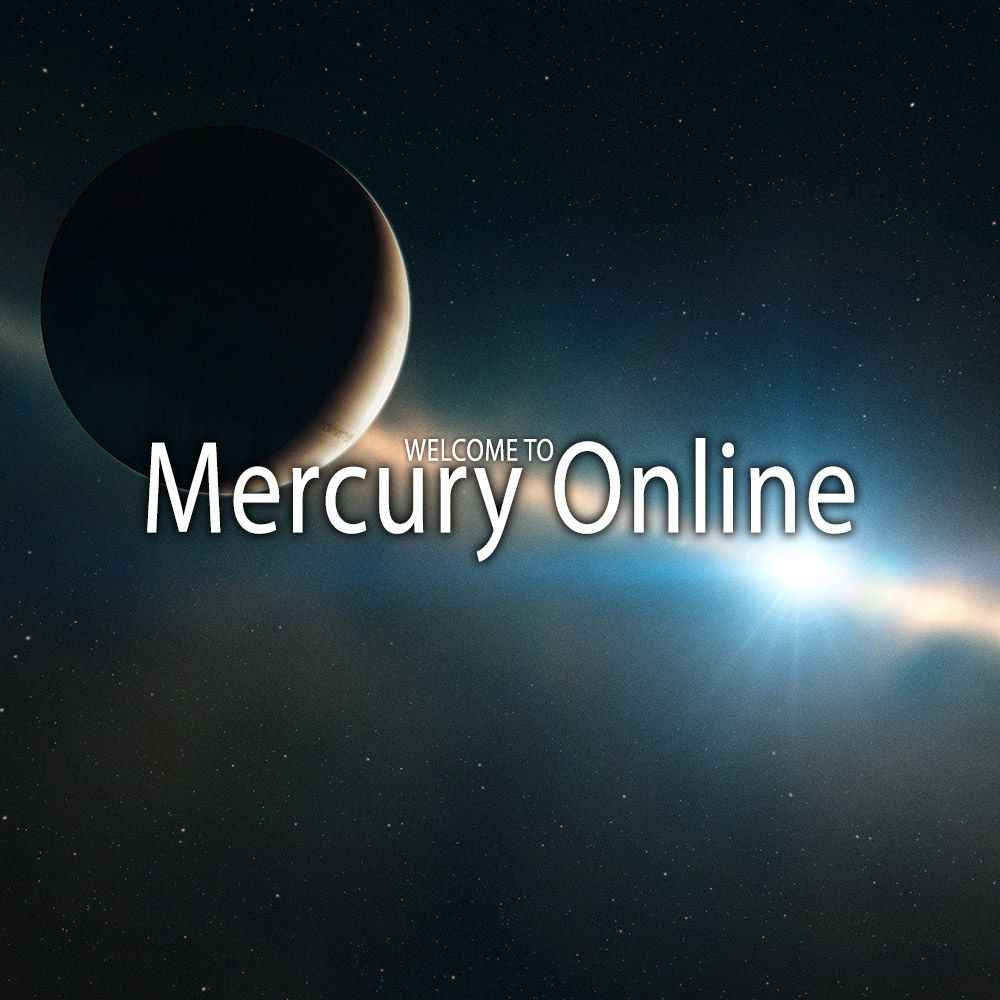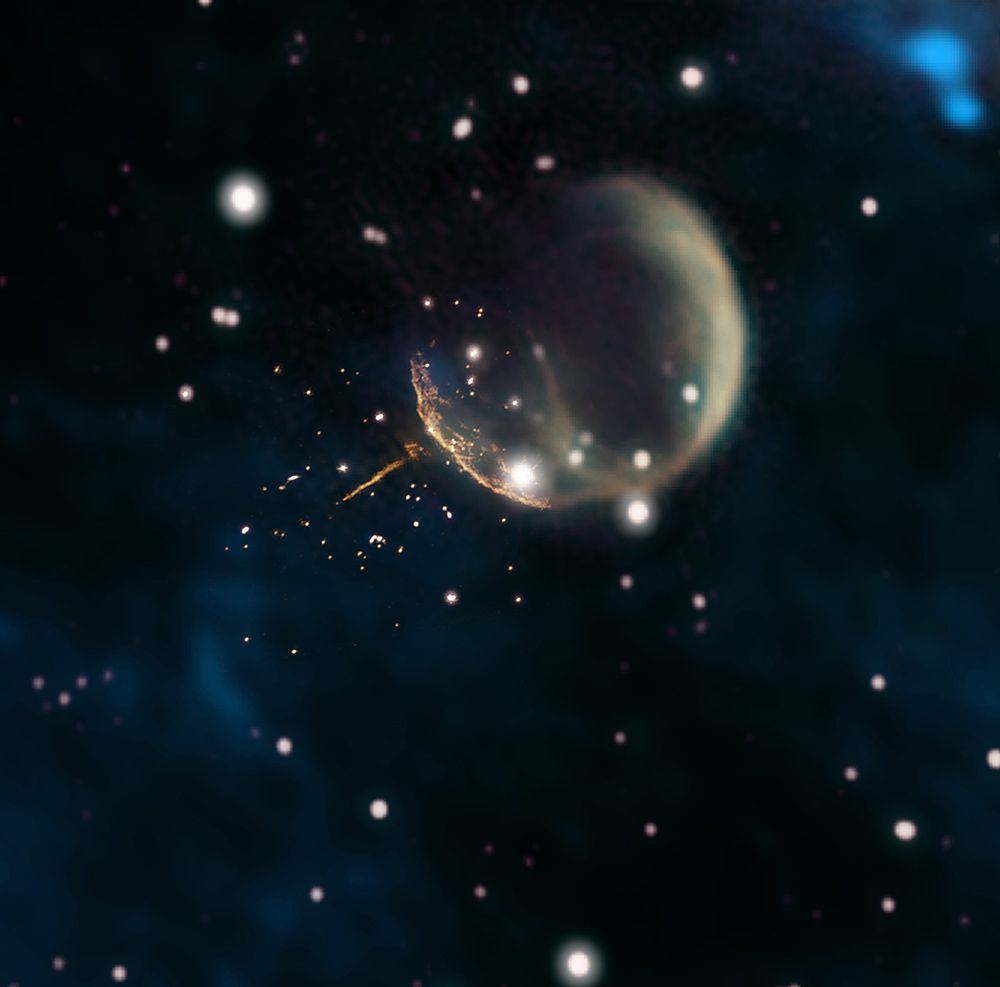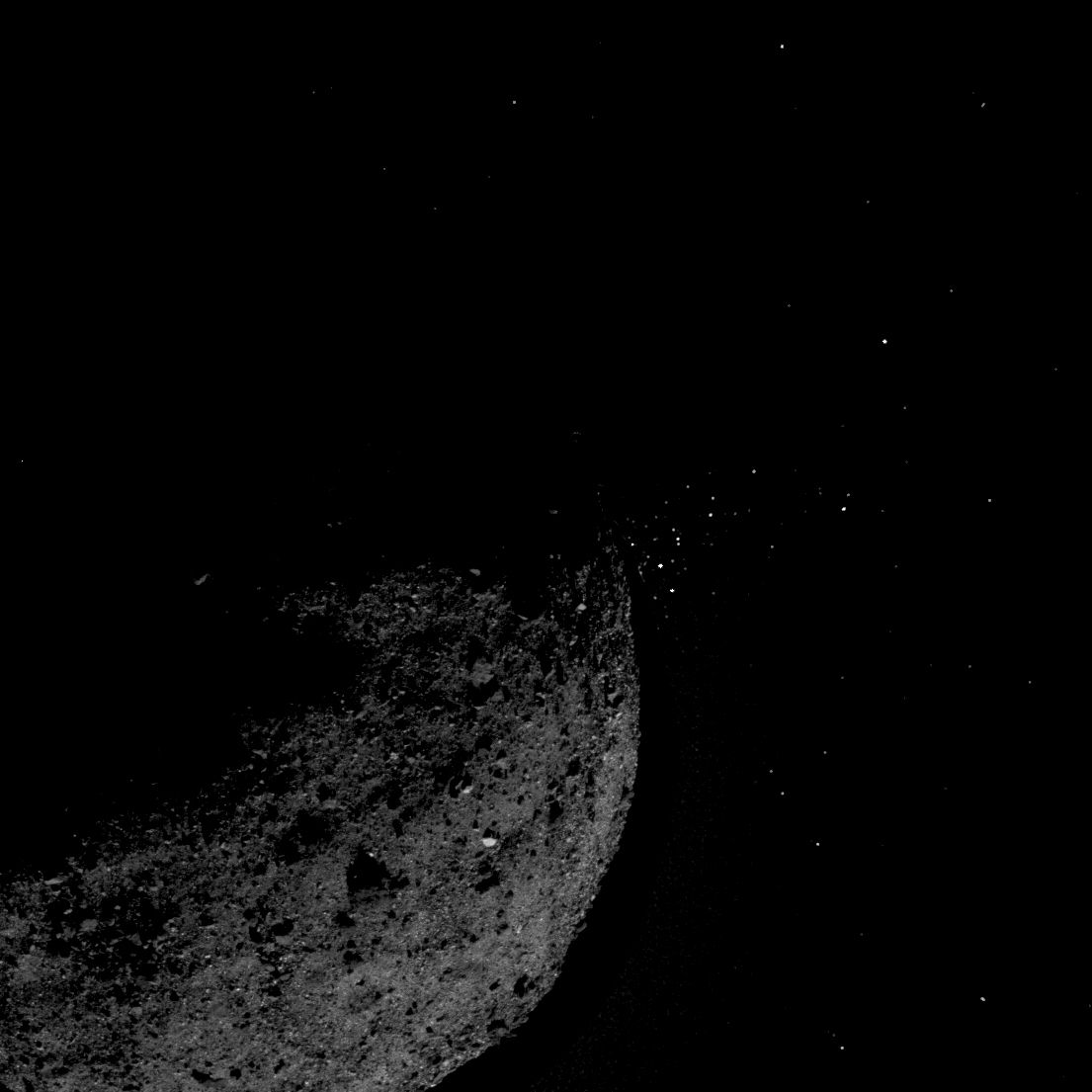News
The newest issue of Mercury (Vol. 51 no. 3+4) is available to members, and this double issue features recent spacecraft results, tips for hosting events relating to the upcoming solar eclipses, the intertwined history of amateur astronomy and professional astronomy, news about the long-sought star catalog from ancient observer Hipparchus, and more!
In archival spacecraft data of Venus, planetary scientists found evidence of active volcanic activity.
The newest issue of Mercury (Vol. 51 no. 2) is available to members, and this issue features a deepdive into the Event Horizon Telescope's observations of the Milky Way's supermassive black hole, details of the first images from the James Webb Space Telescope, news about several Mars missions, a look at the historical 1638 solstice lunar eclipse, and more!
The James Webb Space Telescope's commissioning observations of Jupiter show how well the telescope can track objects moving quickly across the sky.
The Winter 2022 issue of Mercury (Vol. 51 no. 1) is available to members, and this issue features an overview of the James Webb Space Telescope mission, an introduction to CubeSats for science and education, prints from a historic astronomical artist, tips for improving classroom dynamics, and more!
In response to technologies that impede scientists' research and humans' enjoyment of the night sky, the International Astronomical Union (IAU) has established the Centre for the Protection of Dark and Quiet Skies from Satellite Constellation Interference.
This past Saturday, the James Webb Space Telescope successfully deployed its primary mirror's second side panel, marking the end of its extremely complex deployment sequence.
The Perseverance rover has successfully drilled its first Martian core sample and stored said sample in a titanium tube.
An explosive gamma-ray blast detected last year seems to straddle the line between the two known classes of gamma-ray bursts.
A problem in the Hubble Space Telescope's Power Control Unit or a secondary circuit led to the iconic telescope's shutdown last month.
A new study suggests Betelgeuse's "great dimming" was the result of an enormous dust cloud shrouding roughly one quarter of the star’s surface.
A dozen celestial locations in our Milky Way Galaxy boost particles to extreme energies, say astrophysicists.
Apollo 11 astronaut Michael Collins died today from cancer at the age of 90, says his family.
The Ingenuity rotorcraft sits on the surface of Mars, readying itself for its first test flight.
The Winter 2021 issue of Mercury (Vol. 50 no. 1) is available to members, and this celebratory issue features 50 years of human space exploration, NASA's Great Observatories program to understand the universe, historical solar eclipses, and more!
The TOI-178 system has a star slightly cooler than the Sun and six exoplanets, where five of them have resonant orbits.
The Autumn 2020 issue of Mercury (Vol. 49 no. 4) is available to members, featuring the first five years of gravitational-wave detections, future observatories designed to catch more of these ripples in space time, ancient Egyptian astronomy, and more!
At about 6:10 pm Eastern today, a NASA spacecraft will touch an asteroid, grab a 2-ounce sample of debris, and hold onto it until a return to Earth. At least, that’s the plan of this first attempt at the OSIRIS-REx mission’s complex series of events.
The Summer 2020 issue of Mercury (Vol. 49 no. 3) is available to members, featuring discoveries from the Gaia spacecraft, news about the brightest Northern Hemisphere comet in decades, a poet's exploration of the Solar System, and more!
Astronomers have found signs of a molecule in the atmosphere of Venus, one that, on Earth, only microbes can create in large amounts.
NASA’s TESS spacecraft has completed its primary two-year mission and discovered 66 exoplanets and another 2,000 candidates.
A 3-inch-diameter support cable at the Arecibo Observatory snapped and tore a 100-foot-long gash in the observatory dish.
The Spring 2020 issue of Mercury (Vol. 49 no. 2) is available to members, featuring the people behind the Hubble Space Telescope, how Hubble data has changed astronomy, how teachers are responding to COVID-19, and more.
I’m thrilled to be the new Editor of both Mercury (the magazine) and Mercury Online (the blog companion).
The Winter 2020 issue (vol. 49 no. 1) of Mercury magazine is online for ASP members, featuring a goodbye to Spitzer, kicking off a busy decade for Mars, and paying tribute to Katherine Johnson.
Astronomers have discovered that our galaxy’s supermassive black hole is a track and field superstar.
During a recent trip to Hawai’i, I spoke with Keck Observatory’s chief scientist to find out how the Thirty Meter Telescope dispute has affected operations.
Formal and informal learning have their pros and cons, but the ASP is at the intersection working to get the best out of both.
Welcome to Mercury magazine’s new online destination: Mercury Online!
What’s careening through the galaxy at 2.5 million miles per hour and screaming with gamma-rays?
After arriving at Bennu on December 31, mission scientists with NASA’s OSIRIS-REx quickly realized their spacecraft was orbiting a different kind of asteroid.

